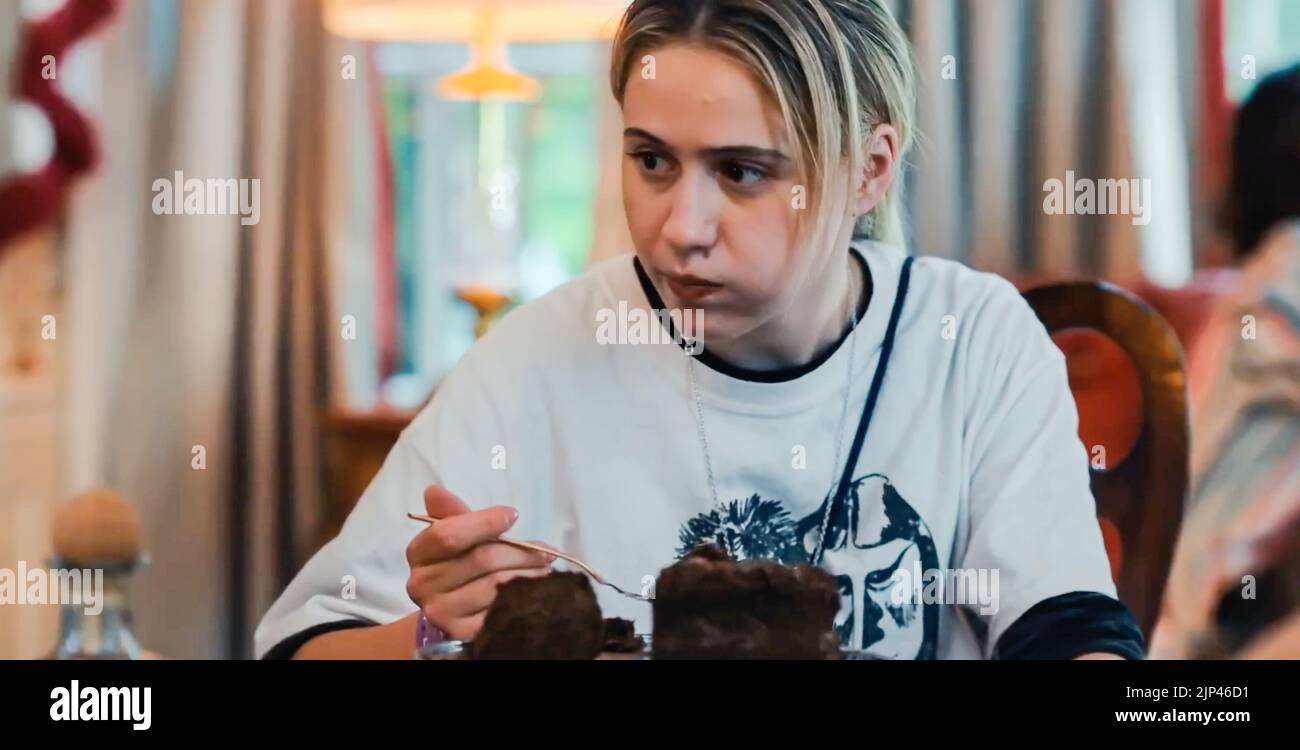Are you organizing an event and wondering how to effectively spread the word to the media? Crafting a compelling media release is key to grabbing journalists’ attention and getting your event the coverage it deserves. In this blog, we will delve into the essential steps and strategies for writing a powerful media release for your event. From choosing the right angle to structuring your content and including relevant details, we will guide you through the process of creating a press release that stands out. By mastering the art of writing a media release, you can increase the visibility of your event and attract a broader audience. Let’s dive in and learn how to make your event shine in the media spotlight!
Understanding the Purpose of a Media Release
A media release, also known as a press release, is a crucial tool to create buzz and awareness about an event. It is a carefully crafted document that aims to inform the media and the public about the event, with the primary goal of garnering media coverage and generating interest.
Importance of a Media Release
Creating a compelling media release is essential as it serves as a bridge between the event organizers and the media outlets. It helps in conveying key information about the event such as the date, time, location, and unique features to grab the attention of journalists and reporters.
Moreover, a well-written media release can increase the event’s visibility, attract attendees, and build anticipation, resulting in a successful event outcome.
Components of a Media Release
When crafting a media release for an event, it should include a catchy headline, a concise yet informative body that highlights the event details, quotes from event organizers or key speakers, and contact information for media inquiries.
- Headline: Grabs attention and summarizes the event.
- Body: Provides key event details and engaging content.
- Quotes: Adds credibility and humanizes the release.
- Contact Info: Enables journalists to reach out for further details.

Identifying Key Information for Your Event
When writing a media release for an event, it is crucial to identify the key information that will grab the attention of your audience and media outlets. This information should include important details about the event, such as the date, time, location, and purpose.
Event Details
Include specific details about the event, such as the theme, special guests, and any unique features that set your event apart from others. Highlight what makes your event exciting and worth attending. Make sure to emphasize the year in your event details.
Media Contact Information
Provide clear and accurate contact information for media inquiries. Include the name of the media contact person, their title, phone number, email address, and any other relevant details. Ensure to update this information for the current year.

Crafting an Attention-Grabbing Headline
When it comes to writing a media release for an event, the headline plays a crucial role in capturing the attention of your target audience. A compelling headline can make your release stand out amidst the sea of information bombarding readers.
Understanding the Purpose
Your headline should concisely convey the essence of your event while intriguing the reader to delve deeper into the press release. It should create a sense of urgency or excitement, prompting them to learn more.
Key Elements for Success
Include action verbs, relevant keywords, and numbers to make your headline more impactful. Incorporate power words that evoke emotion or curiosity in the reader. Consider the 5 W’s and H to ensure your headline covers the essential details.
- Be specific and concise about the event details
- Create a sense of urgency or exclusivity to generate interest
Writing a Compelling Introduction
When crafting a media release for an event, the introduction plays a crucial role in grabbing the reader’s attention. It should be concise, engaging, and provide a glimpse of what the event is about.
Hook the Reader
Start with a catchy and intriguing hook to captivate the audience from the very beginning. Consider using a compelling statistic, a thought-provoking question, or a powerful quote related to the event.
Highlight the Key Points
Summarize the most important details of the event in the introduction to give readers a clear idea of what to expect. This sets the tone for the rest of the media release and entices them to continue reading.
Including Relevant Event Details
When crafting a media release for your event, it is crucial to include all the relevant details to attract the attention of the target audience and media outlets. This includes essential information such as the event name, date, time, location, and a brief overview of what attendees can expect.
Key Event Information
Ensure that the event details are clear and concise, providing specifics about the theme, purpose, and any noteworthy guests or performers. Highlighting these key aspects will make your media release more engaging and informative.
- Event Name: XYZ Fashion Show
- Date: July 15, 2022
- Time: 7:00 PM
- Location: City Convention Center
Event Schedule and Activities
Include a detailed schedule of the event activities, including any workshops, panels, or entertainment sessions. Creating a timeline helps attendees and media representatives plan their coverage and participation. Engaging descriptions can generate interest and excitement.

Quoting Key Spokespersons or Participants
When writing a media release for an event, incorporating quotes from key spokespeople or participants can add credibility and interest to your content. Quotes provide a human touch and give a voice to the event, making the information more engaging for the audience.
Importance of Quotes
Quotes help to capture the essence of the event and can emphasize key messages. They provide insights, opinions, and emotions that straight facts may not convey. Including direct quotes from relevant individuals can make your media release more compelling and authentic.
Quotes can also help establish authority and expertise on the subject matter, especially if you are quoting industry experts, celebrities, or influential figures.
Formatting Quotes
When including quotes in your media release, make sure to format them correctly. Enclose the quote in quotation marks and attribute it to the respective speaker. Use bold or italics to highlight important phrases or words within the quote.
- Example: “We are excited to announce…” said John Doe, the event organizer.
- Make sure the quotes are accurate and reflect the tone and style of the speaker.
Highlighting Unique Selling Points
When writing a media release for an event, it is crucial to highlight the unique selling points (USPs) that set your event apart from others. This is what will grab the attention of the media and potential attendees.
Key Event Features
Emphasize the key features of your event that make it special. Whether it’s a celebrity guest, exclusive performances, or innovative activities, make sure to mention these prominently in your media release.
Highlighting these unique aspects bold can create intrigue and generate buzz.
Testimonials and Past Success
Include testimonials from previous attendees, sponsors, or partners to showcase the positive experiences and success of your past events. This can build credibility and trust among your target audience.
- Testimonials offer social proof and validate the quality of your event.
Incorporating Quotes and Testimonials
Quotes and testimonials can add credibility and authenticity to your media release for an event. Including positive feedback from previous attendees or influential individuals can create a compelling narrative for your audience.
Benefits of Quotes
Quotes provide a human touch to your event description, making it more relatable to readers. They emphasize key points and evoke emotions.
Effective Testimonials
Testimonials act as social proof, showcasing the success and satisfaction of past event participants. They build trust and highlight the value of attending.
- Include testimonials from relevant industry experts or well-known personalities.
- Use specific details and anecdotes to make testimonials more engaging.
- Highlight the outcomes or experiences shared by past attendees.
Emphasizing Call-to-Action
When writing a media release for an event, it is crucial to emphasize the call-to-action to prompt your audience to take the desired steps. A strong call-to-action can significantly impact the success of your event by guiding your readers on what to do next.
Tailor Your Call-to-Action
Customize your call-to-action to align with the goals of your event. Use clear and actionable language to urge your audience to participate in your event. Emphasize the importance of taking immediate action.
Provide Contact Information
Include contact details in your call-to-action. Make it easy for your audience to reach out for inquiries or to confirm their attendance. Ensure the contact information is easily accessible.
Finalizing with Contact Information
After crafting a compelling media release for your event, it is crucial to finalize it with accurate contact information. This ensures that journalists and media outlets can easily reach out for further inquiries or coverage.
Include Key Contact Details
Clearly mention the name, title, email, and phone number of the primary media contact person in the release. Make sure to verify the details to avoid any communication barriers. Provide both office and mobile numbers for convenience.
Utilize Professional Email Addresses
Use official email addresses rather than personal ones to maintain a sense of professionalism. Include a clickable email link for seamless communication.
Double-Check Accuracy
Before finalizing, double-check all contact information for accuracy. Ensure that all details are up-to-date for 2022 to establish credibility.
Frequently Asked Questions
-
- What is a media release for an event?
- A media release is a document shared with the press and media outlets to announce details about an upcoming event, providing them with relevant information to create news stories and coverage.
-
- Why is it important to write a media release for an event?
- A media release helps in generating buzz and interest around the event, increasing the chances of media coverage and attendance. It serves as a tool to communicate key details and attract the attention of journalists and reporters.
-
- What are the key components of a media release for an event?
- Key components of a media release include a catchy headline, event details such as date, time, and location, a concise and engaging body with event highlights, quotes from event organizers, contact information, and relevant images or media assets.
-
- How can I craft an effective media release for an event?
- To craft an effective media release, focus on creating a strong headline, including newsworthy and relevant information, keeping the content concise yet informative, using quotes to add credibility, and ensuring contact details are easily accessible for media inquiries.
-
- When should I distribute a media release for an event?
- It is advisable to distribute a media release for an event well in advance to allow media outlets time to review and potentially cover the event. Distribute the release at least a few weeks before the event date to maximize coverage.
Mastering the Art: How to Write a Media Release for an Event
Final Thoughts
Writing a compelling media release for an event is a crucial skill in the world of PR and communications. By following the tips and guidelines mentioned in this blog, you can create a powerful media release that grabs attention and generates interest. Remember to keep it concise, relevant, and engaging while highlighting the key details of your event. Utilize strong headlines, quotes, and a clear call-to-action to make your media release stand out. With practice and attention to detail, you can master the art of crafting impactful media releases that resonate with your target audience and media outlets.



